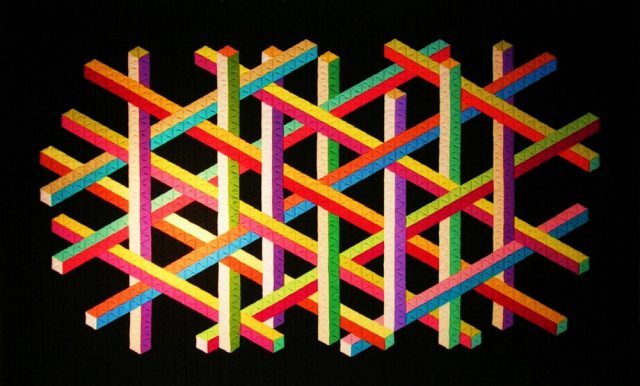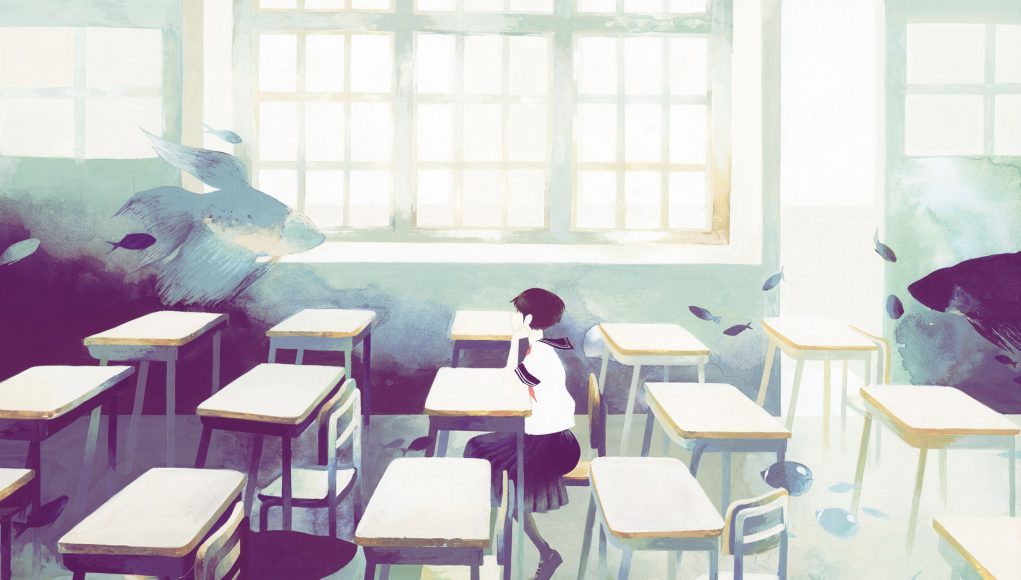Mastery-based Learning
Mastery-based learning is based around a very simple idea: when dealing with cumulative subjects (like Math, where past knowledge is essential to understanding what’s next) a student should only move forward with the subject once they’ve mastered all concepts that precede it.

You would think this is how today’s education works, but it’s not. Students don’t require an A to pass a class, but rather a C — so if you know about 70% of a subject, you’re allowed to move forward — general knowledge, not mastery.
This might not seem bad at first, but it is. Grading is not a reliable metric for knowledge the way it’s handled today. There’s a distinct difference between actually understanding a subject and simply learning how to get through a series of tests (be it through memorizing formulas or copying another student’s work), which is what an alarming amount of students tend to do. Because of this unreliability, grades end up failing at their sole goal of giving students and schools the performance feedback they need, effectively making student’s needs invisible and unattended by the system they’re working around.

The situation becomes more dire once you realize how essential mastery is for a proper education: if you fail to fully dominate fundamental concepts as a kid, things will seem inevitably harder to understand as you progress throughout the years and accumulate knowledge gaps. Cumulative subjects build on top of themselves, so if you don’t fully understand fractions, there’s no way you can learn geometry properly, and if you don’t understand Algebra, you can’t ever gain deep knowledge of Calculus. These correlations also branch off into different subjects as well — Physics assumes mastery in branches of Mathematics to be fully understood, and high-school Biology assumes basic understanding of Chemistry.
People are not ‘bad at math’ because they lack Math genes — it’s because they rush through the curriculum and never master the fundamentals. At one point, the subject feels impossibly arbitrary.
You can go as far to say that all knowledge is interconnected and cumulative in the grand scheme of things, which makes the consequences of said gaps even more unpredictable — they stealthily cascade difficulties into a number of subjects without making themselves known, leaving students disoriented, lacking confidence and with the false belief that they’re incapable of learning certain topics because of an innate ability to do so.
This is why so many people claim to be ‘bad at math”’— it is not because they lack math genes, but because they rushed through the earlier stages of math without fully understanding them. It is no wonder certain subjects can become so incomprehensible through the years — lack of understanding leads to lack of intuition, and lack of intuition leads to subjects seeming non-nonsensically arbitrary. The only way to survive the semester becomes memorization or doing what your teacher wants you to do, not learning what it all means. This is why there’s a high likelihood you know that pi is 3.14 — but you don’t know what pi actually represents.

Mastery-based learning can fix all of those issues — through a deeply personal and individualized approach (intersecting with what we talked about regarding personalized learning), students can move quickly through the subjects they’re better at, and dedicate the required time wherever they face complications. Ultimately, you’re only allowed to move forward when you truly master a subject, without feeling humiliated for taking your time. The end result is actual knowledge that can spread interconnect with other subjects in a number of unexpected ways, both creatively and intellectually — much more than a grade for a transcript.
The reasons we don’t do it today are similar to what we touched on before — implementing this widespread would require a lot of monetary and financial resources to pull off realistically — and it’s hard to imagine ways to measure knowledge without grades, tests and all the systems we’ve grown so used to, as faulty as they may be.
However, there are new ways to achieve this — but before we get to it, let’s talk about experiential learning.







